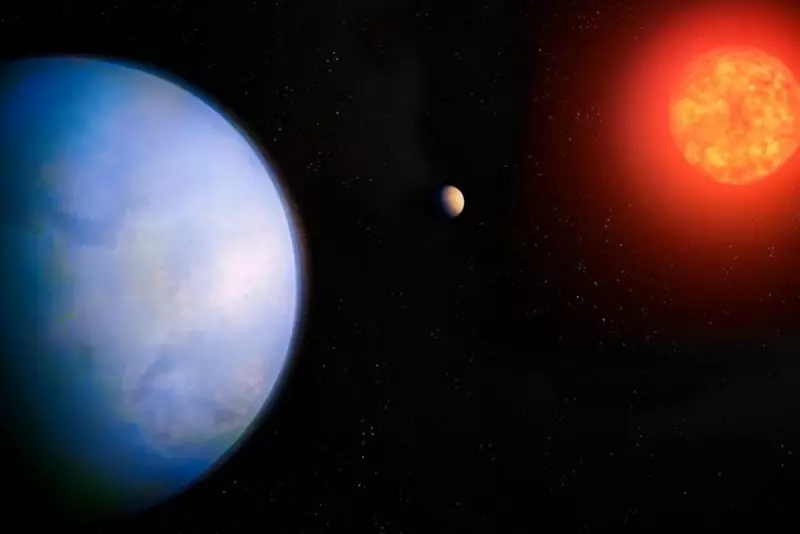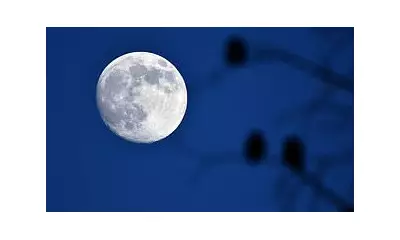
In a groundbreaking discovery that brings us closer than ever to finding extraterrestrial life, astronomers have identified a promising 'Super-Earth' located a mere 137 light-years from our solar system. This distant world, known as TOI-715 b, sits perfectly within what scientists call the 'habitable zone' - the region around a star where conditions might be just right for liquid water to exist.
A Prime Candidate for Life
The newly discovered planet orbits a red dwarf star and completes its journey around its sun every 19 days. What makes this finding particularly exciting is the planet's size and position. At approximately one and a half times the width of Earth, TOI-715 b falls into the category of Super-Earths - planets larger than our own but smaller than ice giants like Neptune.
Dr. Amaury Triaud, an esteemed astronomer from the University of Birmingham who co-led the research, expressed significant optimism about the discovery. "This planet is one of the best targets we have for studying the atmosphere of a world in the habitable zone," he stated, highlighting the importance of this finding in the ongoing search for life beyond Earth.
The Goldilocks Zone Advantage
The concept of the habitable zone, often called the 'Goldilocks zone,' refers to the precise orbital distance where temperatures are neither too hot nor too cold for liquid water to potentially exist on a planet's surface. TOI-715 b's position within this zone makes it a prime candidate for further atmospheric study.
What adds to the excitement is the possibility of a second, Earth-sized planet in the same system. While this potential sibling world requires confirmation through additional observations, its existence would make this planetary system even more compelling for astronomers.
NASA's Role in the Discovery
The discovery was made possible through data collected by NASA's Transiting Exoplanet Survey Satellite (TESS), which has been scanning the skies for planets beyond our solar system since its launch in 2018. TESS detects planets by monitoring the subtle dimming of stars as planets pass in front of them - a method known as the transit technique.
This finding comes at a time when technological advancements are rapidly improving our ability to study distant worlds. The James Webb Space Telescope, NASA's most powerful space observatory to date, may now turn its attention to TOI-715 b to analyse its atmosphere for potential biosignatures - chemical signs that could indicate the presence of life.
Why This Discovery Matters
This Super-Earth represents more than just another exoplanet discovery - it signifies a major step forward in answering one of humanity's most profound questions: Are we alone in the universe? The relative proximity of TOI-715 b at 137 light-years makes it accessible for detailed study with current and upcoming telescope technology.
As Dr. Triaud emphasised, understanding planets like TOI-715 b helps scientists "understand whether planets orbiting red dwarfs can sustain atmospheres and whether they could be hospitable to life." This knowledge brings us closer to determining what conditions might make a planet truly habitable.
The research, detailed in the Monthly Notices of the Royal Astronomical Society, opens new possibilities for detecting life beyond our solar system and brings us one step closer to understanding our place in the cosmos.





